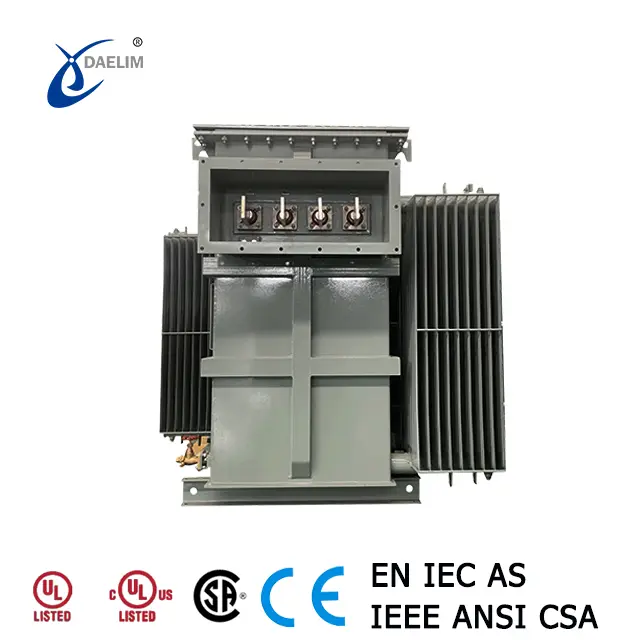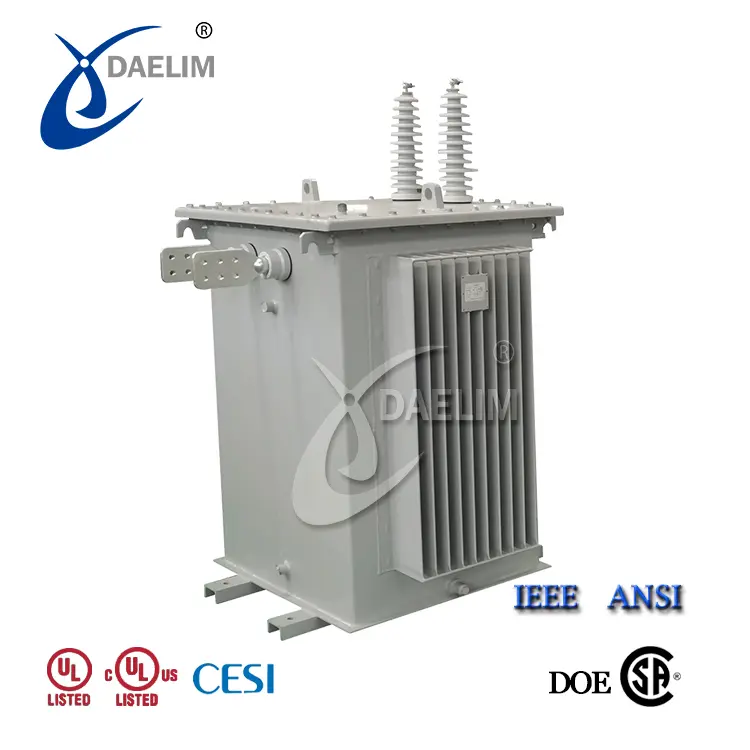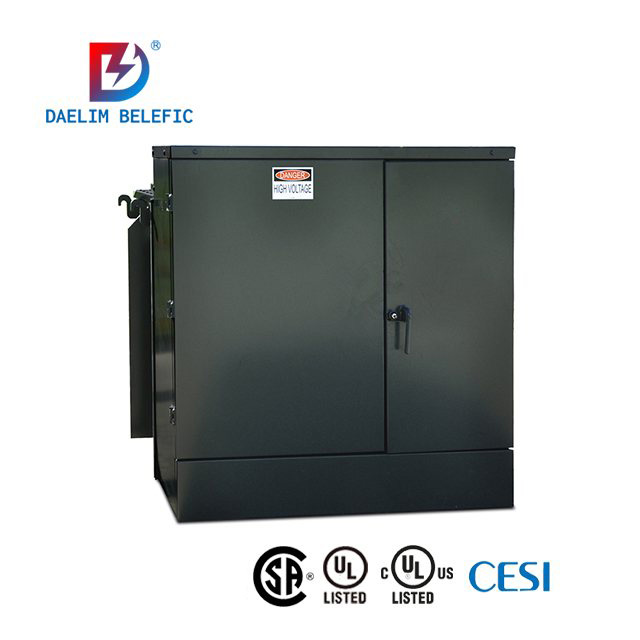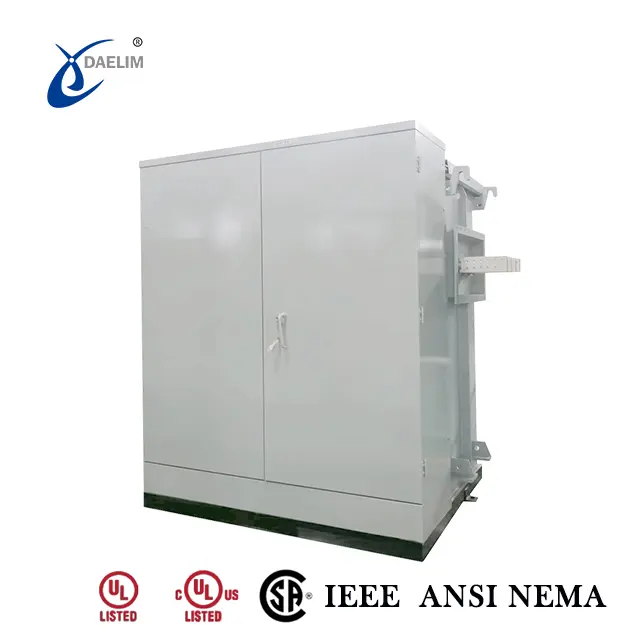Causes and Measures for Flashover Discharge of Transformer Bushing
Flashover discharge of bushings can cause heating and aging, leading to short circuit accidents at transformer outlets, with low-voltage bushings being particularly vulnerable. The main causes and measures are as follows
Surface Contamination
-
Cause: Dirt increases conductivity, especially in rainy and humid weather.
-
Measure: Power off the transformer to clean the bushing and apply RTV long-lasting paint to enhance its anti-pollution flashover performance.
Installation, Maintenance, or Manufacturing Defects
-
Cause: Insulation indicators such as dielectric loss angle exceed standards or porcelain parts are incomplete.
-
Measure: Replace the defective bushing.
Inadequate Creepage Distance
-
Cause: Small external creepage distance in design, particularly problematic in high-dirt areas.
-
Measure: Replace with a bushing that has a larger creepage distance or silicone rubber outer insulation, or implement anti-pollution measures such as adding silicone rubber to the creepage skirt.
Internal and Atmospheric Overvoltage
-
Cause: Overvoltage conditions within the system.
-
Measure: Test and inspect the bushing and transformer, ensuring all components meet standards before operation.
Debris on Bushing Surface
-
Cause: Debris can short-circuit parts of the porcelain skirt.
-
Measure: Remove debris with an insulating rod while the transformer is live.
Weather Conditions (Rain, Snow, Ice)
-
Cause: Ice formation on the transformer bushing during inclement weather.
-
Measure: Cease operation until conditions improve.
By addressing these causes and implementing the corresponding measures, the risk of flashover discharge and subsequent damage can be mitigated effectively.
Related Products
Related Article
Why does the transformer explode?
Transformer explosions are typically caused by factors such as internal short circuits, improper use and maintenance, overload, aging, manufacturing defects, lightning strikes, and load short circuits. Choosing high-quality transformers from reputable suppliers is crucial to minimize these risks.
Why does transformer require a balanced winding?
A balanced winding in transformers minimizes voltage differences between windings, reducing losses, controlling output voltage, and ensuring reliable operation.
Why are there pebbles under the transformer?
Pebbles beneath transformers serve multiple purposes: preventing fires and containing oil leaks, guiding oil drainage for easy collection and treatment, filtering impurities, aiding in thermal regulation, enhancing insulation and safety, dampening vibrations, and inhibiting weed growth. Contact Daelim Transformer for further inquiries.
Why should the transformer load not exceed 85%?
Optimizing transformer loading is critical to maximize efficiency and longevity. Loading above 85% can result in inefficiencies, while underloading wastes energy. Adhering to industry standards and providing spare capacity ensures stable operation despite demand fluctuations.
What are the common transformer faults?
Transformer faults include coil faults, core overheating, conductive loop overheating, bushing failures, on-load tap changer issues, cooler failures, oil cabinet breathing problems, and high-voltage reactor specific faults.
Causes and Measures for Damage to Transformer Explosion-Proof Cylinder or Pressure Relief Valve Membrane
Transformer damage can occur due to blocked respirators, improper bolt tightening, internal short circuits, stuck expanders, improper oil filling, and blocked capsules. Measures include proper filling, maintenance, replacing damaged parts, and thorough inspection before operation.






